In its first detailed look at web market share for cellphones, a research firm has found that Apple's iPhone represents a staggering 66.61 percent of mobile traffic while its competitors have only just gained a foothold.
Other smartphone platforms haven't fared any better, according to the metrics. Google's Android and Symbian were both locked in a tie for 6.15 percent. Research in Motion's email-centric BlackBerry OS was used less often at just 2.24 percent and was even outmatched by PalmOS devices, which represented 2.37 percent of cellular web use last month.
Why the particularly wide gap exists between Apple and its rivals hasn't been explained. However, the data backs up AdMob findings which showed the iPhone getting half of all US smartphone traffic and a third of smartphone use worldwide during the month before. The use has previously been credited to a spike in Apple device ownership after the holidays as well as to the relative strength of the Safari web browser.
Mobile web market share for February 2009.
Even with such a discrepancy, Net Applications noted that the achievements of Android and BlackBerry OS are significant; Android wasn't even available before October and so gained in four months the web share that took Symbian years to achieve.
The news may have to placate Apple fans given a fairly stale month in desktop-class operating systems. Windows has reclaimed a small portion of its steadily declining share and climbed a fifth of a point to 88.42 percent, while Mac OS X share has backed down from its all-time high in January to 9.61 percent.
And compared to all operating systems, the iPhone still has the same 0.48 percent of the web — making its usage still very small in comparison to that of the larger computing world.
 Katie Marsal
Katie Marsal


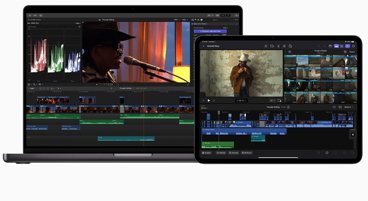
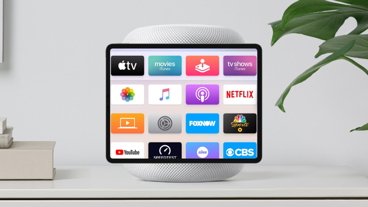



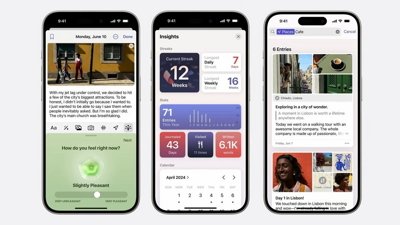
 Charles Martin
Charles Martin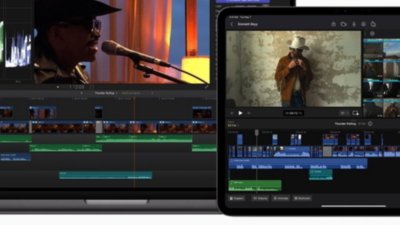
 Marko Zivkovic
Marko Zivkovic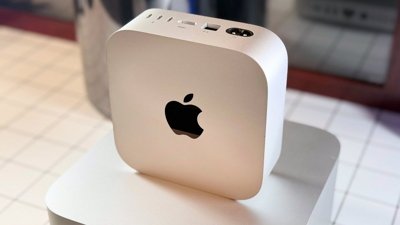
 Mike Wuerthele
Mike Wuerthele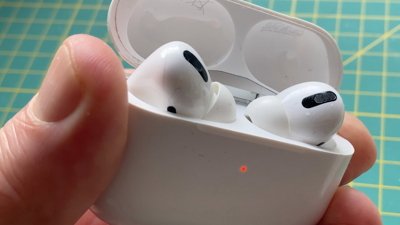
 Malcolm Owen
Malcolm Owen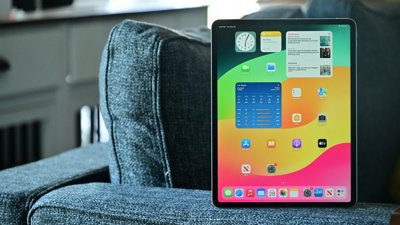
 Andrew Orr
Andrew Orr

 Christine McKee
Christine McKee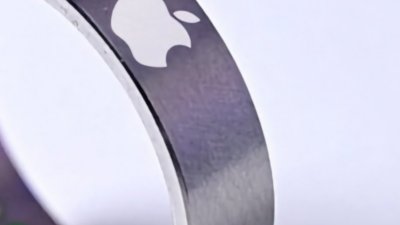
 William Gallagher
William Gallagher








58 Comments
And compared to all operating systems, the iPhone still has the same 0.48 percent of the web -- making its usage still very small in comparison to that of the larger computing world.
I think that's probably a pretty good percentage considering the number of iPhones in use vs. number of computers in use.
This is hardly a fair comparison...
...all those other phone's are stuck at the first site waiting for the Flash to load!
That is good. So every company who wants their Website to be viewable on mobile will have to consider Saferi. ( Which is like the IE on mobile market )
This promotes Web Standard, and in the end helps Saferi on the desktop
I wonder if AdMob could distinguish between iPod Touch Safari and iPhone. While I don't want to argue about it on this forum, it's an interesting note to make that iPod Touch's Safari is commonly grouped into these results.
Not that I'm bashing here, but with the amount of iPhonies I've seen who own the phone but have no data plan, it means that mobile Safari has gained traction as a Wifi browsing device more often than not.
That number is just going to keep getting higher and higher now that mobile safari has finally stop crashing with the new firmware. The only thing in their way is Palm new WebOs which looks pretty solid but you never know, WM6.5 is pretty much same old sh*t.